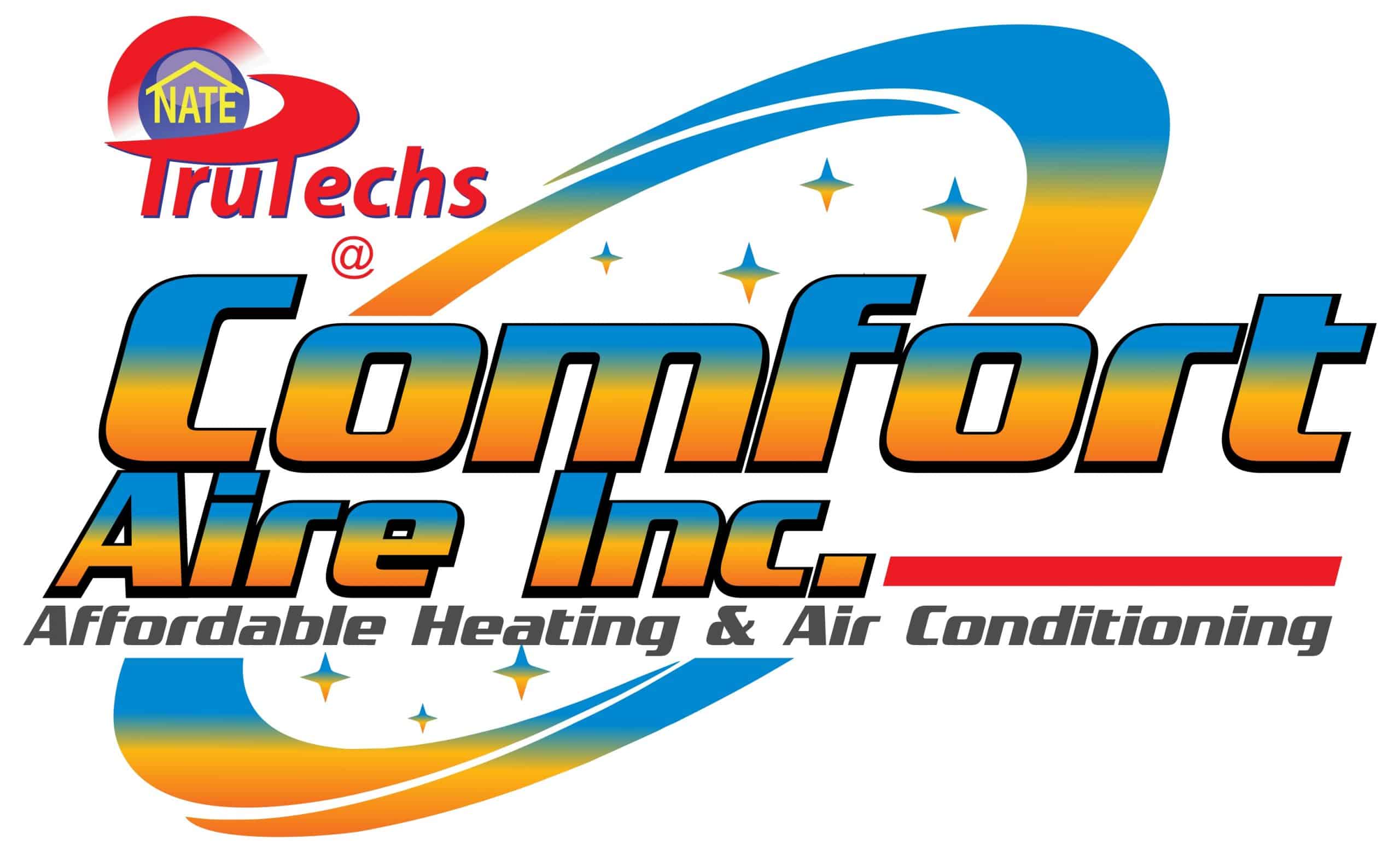Comfort Aire Inc offers the best services of a furnace repair of your leaking furnace. For more information, you can call (773) 406-7223.
Your furnace is one of those home appliances that you rarely seem to notice… until it quits working. In the dead of winter, a broken or leaky furnace isn’t something you want to face. Naturally, a furnace generates heat, which creates condensation. A condensate line evacuates typically this. If this function is compromised, this could lead to your furnace spilling water in winter.
But this being said, there are several other likely causes of a leaky furnace- discover out what they are here.

Why Is My Furnace Leaking Water in Winter? 5 Common Causes
There are two standard furnaces: a conventional furnace and condensing furnace. Traditional types are a little older in design. That’s why condensing furnaces are significantly more prevalent in most homes today.
Condensation is a natural process that occurs within a condensing furnace. It means that the furnace generates heat and water as a by-product of this process. It is the primary reason your condensing furnace shouldn’t leak – it should be appropriately designed to eliminate condensation. It’s always wise to call in the services of an expert when you find a leak- check out F.H. Furr for more. If your furnace is leaking, here are the most common culprits.
Condensate Drain Problems
The formation of condensation is a standard operation within the function of a furnace. It means specific components are designed and manufactured to remove excess condensation.
The condensate drain collects condensation and removes it through the drain line, discharging it outside.
If the drain becomes clogged at any point, this implies condensation will accumulate in the condensate pan and overflow. It causes your furnace to leak water. In winter, a frozen pipe is a common cause of drainage pipe obstruction. If it’s covered with ice, melt it with warm (not boiling) water, then call in for a furnace repair.
Clogged Air Filter or Evaporator Coils
If you have a split HVAC system, which comprises an air conditioning unit and a furnace working as an air handler, this can cause problems, too. The air filters remove trash from the air before it’s passed over the evaporator coils to be heated. If these air filters become too dusty or clogged, they cannot filter the air adequately. This implies that moisture typically travels over the coils to the condensate drain stops. It then collects and might cause furnace leaks.
The same goes for the air filters of an HVAC unit. If both components are not cleaned regularly, this causes furnace leaks and perhaps irreversible damage.
The primary function of an (HVAC) system is to maintain good indoor air quality via proper filtration. It is critical to replace these filters regularly. Air filters such as germ guardian utilize a three-stage method to effectively filter out viruses, germs, animal dander, and mold spores. Improved air quality also extends the life and efficiency of the HVAC system. You might wish to read Tom Hanson’s review of the Germ Guardian to gain a better idea. You can also look for furnace repair near me.
A Secondary Heat Exchanger That Is Defective
A furnace generates heat by transferring it from burned fuel to your residence. Air is passed over the heated energy in this scenario, resulting in heat exchange and a warm dwelling. Several common problems with heat exchangers include the following:
- A heat exchanger with a crack
- Heat exchanger that is pitted, corroded, or rotten
- A heat exchanger that is perforated
- A condensing heat exchanger that has been sooted
- If any of these issues contribute to the leakage or other problems with the furnace, a complete replacement may be necessary.
- A Humidifier With a Leaking Furnace
- This is a pretty typical problem caused by the humidifier within your furnace. Additionally, this is an issue that can be detected early enough with routine furnace maintenance.
You also want to catch a leaking humidifier early as it can result in a great deal of internal damage if not. Numerous furnaces include an integrated air handler and humidifier. The humidifier is in place to keep the air circulating throughout your home from becoming too dry. This indicates that a humidifier increases the amount of moisture in the air. This is often accomplished by installing a device outside the furnace that supplies water to the humidifier. When a humidifier becomes clogged or unclean, it may leak into the furnace. Many people usually don’t know about their furnace leaking water in winter.
Defective Vent Pipe Design
If you have a conventional furnace, a poorly designed vent pipe can result in various problems, including condensation build-up. A traditional furnace does not use the heat contained in the exhaust gases to generate heat. Rather than that, they are ejected immediately upon production. As a result, condensation does not form inside the vent pipe. On the other hand, condensation occurs only when a vent pipe’s design is flawed. For instance, if a vent pipe is improperly placed, too long, sloped, obstructed, etc.
If this is the case, exhaust gases accumulate and linger in the vent pipe, resulting in condensation build-up. This can result in water dripping back into the furnace, resulting in a leak.
Finally, if you have a condensing furnace, condensation is perfectly normal and anticipated. Visible furnace leaks, on the other hand, are not.
If you notice water dripping or puddling at the base of your furnace, you have a problem. As any homeowner knows, mixing electricity and water is a prescription for disaster. That is why it is critical to discover a furnace leak immediately and contact repair services.
